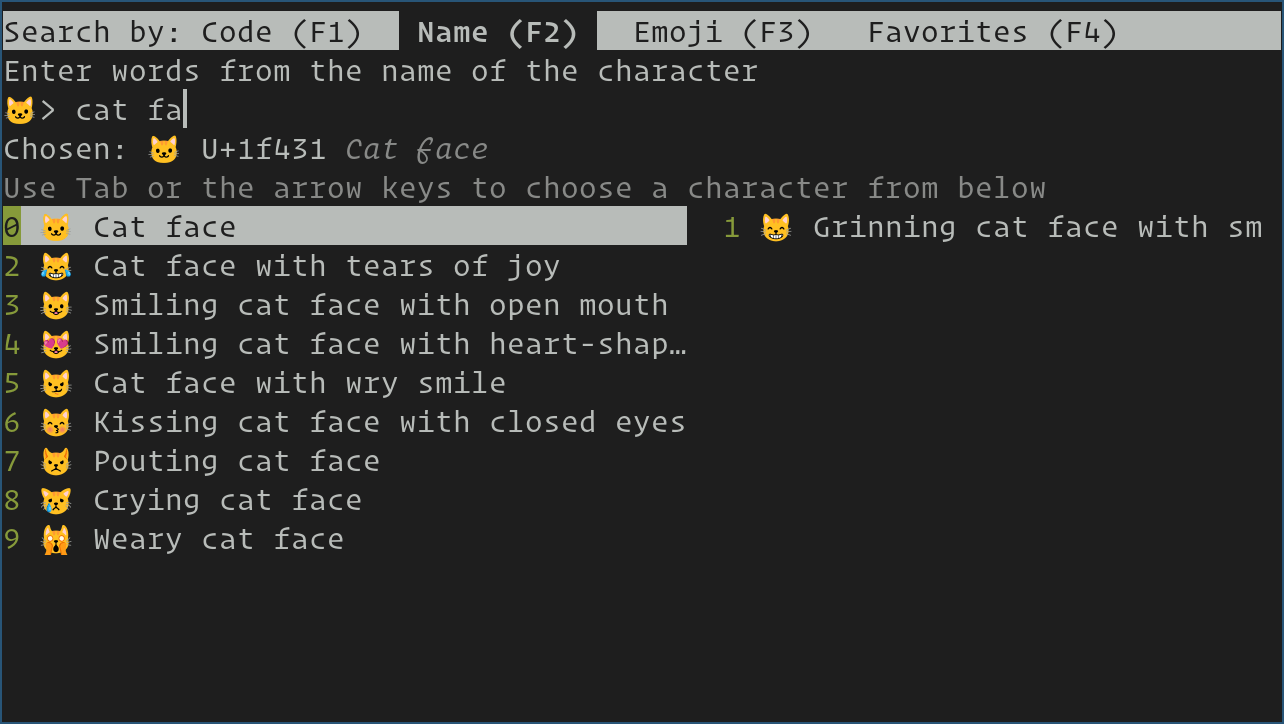How To Install Kitty Terminal Emulator on Ubuntu 22.04 LTS

In this tutorial, we will show you how to install Kitty Terminal Emulator on Ubuntu 22.04 LTS. In the Linux environment, a terminal emulator plays a crucial role in providing a command-line interface to interact with the system. Kitty Terminal Emulator offers a wide range of features and advantages that enhance productivity and customization options.
This article assumes you have at least basic knowledge of Linux, know how to use the shell, and most importantly, you host your site on your own VPS. The installation is quite simple and assumes you are running in the root account, if not you may need to add ‘sudo‘ to the commands to get root privileges. I will show you the step-by-step installation of the Kitty Terminal Emulator on Ubuntu 22.04. You can follow the same instructions for Ubuntu 22.04 and any other Debian-based distribution like Linux Mint, Elementary OS, Pop!_OS, and more as well.
Prerequisites
- A server running one of the following operating systems: Ubuntu 22.04, 20.04, and any other Debian-based distribution like Linux Mint.
- It’s recommended that you use a fresh OS install to prevent any potential issues.
- SSH access to the server (or just open Terminal if you’re on a desktop).
- An active internet connection. You’ll need an internet connection to download the necessary packages and dependencies for Kitty Terminal Emulator.
- A
non-root sudo useror access to theroot user. We recommend acting as anon-root sudo user, however, as you can harm your system if you’re not careful when acting as the root.
Install Kitty Terminal Emulator on Ubuntu 22.04 LTS Jammy Jellyfish
Step 1. First, make sure that all your system packages are up-to-date by running the following apt commands in the terminal.
sudo apt update sudo apt upgrade
Step 2. Installing Kitty Terminal Emulator on Ubuntu 22.04.
Now that we have completed the preparatory steps, let’s move on to installing Kitty Terminal Emulator on Ubuntu 22.04. Kitty Terminal Emulator is not included in the default Ubuntu repositories. We need to add the Kitty repository to the package sources. Execute the following command in the Terminal:
curl -L https://sw.kovidgoyal.net/kitty/installer.sh | sh /dev/stdin
After adding the Kitty repository, update the package lists using the following command:
sudo apt update
Now that the package lists are updated, you can install Kitty Terminal Emulator by executing the following command:
sudo apt install kitty
Confirm the installation by typing ‘Y‘ when prompted.
To make Kitty Terminal Emulator the default terminal on your system, open the Terminal and execute the following command:
sudo update-alternatives --config x-terminal-emulator
You will be presented with a list of available terminal emulators. Select the number corresponding to Kitty and press Enter.
Step 3. Configuring Kitty Terminal Emulator.
Kitty Terminal Emulator offers a wide range of customization options. You can modify the configuration file located at ~/.config/kitty/kitty.conf to tailor the terminal to your preferences. Refer to the official Kitty documentation for advanced configuration options.
Step 4. Exploring Kitty Terminal Emulator.
Now that you have successfully installed Kitty Terminal Emulator, let’s explore some of its features and functionalities:
- User Interface and Customization: Kitty Terminal Emulator provides a highly customizable user interface. You can modify the appearance, font, color schemes, and much more. Experiment with different settings to create a personalized environment that suits your needs.
- Keyboard Shortcuts and Commands: Familiarize yourself with the essential keyboard shortcuts and commands for efficient usage of the Kitty Terminal Emulator. For example,
Ctrl+Shift+Topens a new tab, andCtrl+Shift+Wcloses the current tab. - Managing Multiple Terminal Windows and Tabs: Kitty Terminal Emulator allows you to work with multiple terminal windows and tabs simultaneously. Use the
Ctrl+Shift+Left/Rightshortcuts to switch between tabs, andCtrl+Shift+Tto open a new terminal window.
Step 5. Launch Kitty Terminal Emulator on Ubuntu.
You can launch Kitty Terminal Emulator by clicking on the Ubuntu Dash and searching for “Kitty”. Alternatively, you can also launch it from the Terminal by typing:
kitty

Step 6. Troubleshooting:
While the installation process is generally smooth, you may encounter some common issues. Here are a few troubleshooting tips:
- Dependency Issues:
If you encounter dependency issues during installation, try running the following command to fix them:
sudo apt --fix-broken install
- Configuring
Kitty.conf:
If you face any configuration-related problems, double-check your kitty.conf file for any errors or conflicts. Refer to the official Kitty documentation or seek assistance from the user community.
Congratulations! You have successfully installed Kitty. Thanks for using this tutorial for installing the Kitty Terminal Emulator on the Ubuntu system. For additional help or useful information, we recommend you check the official Kitty website.